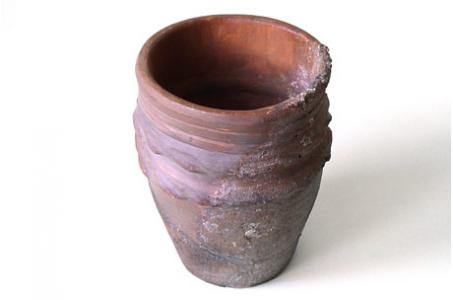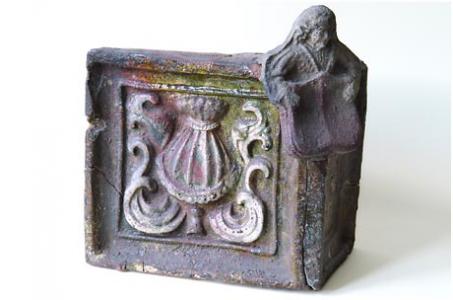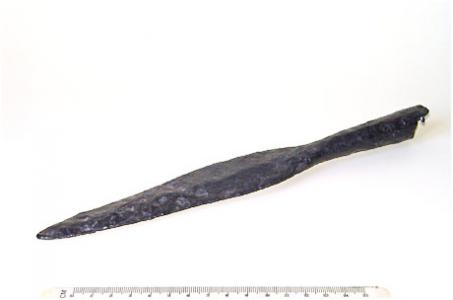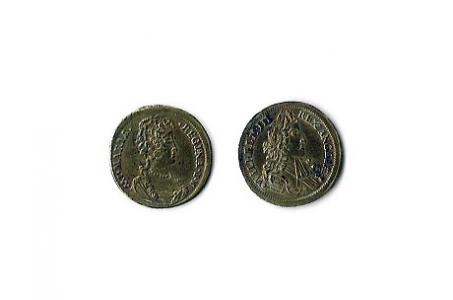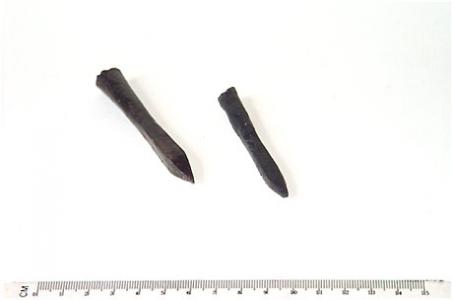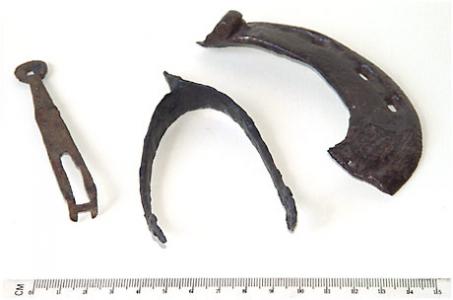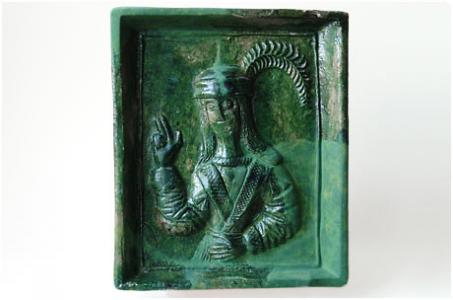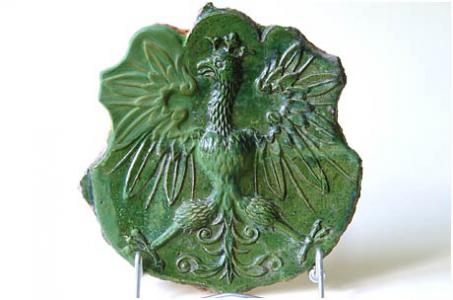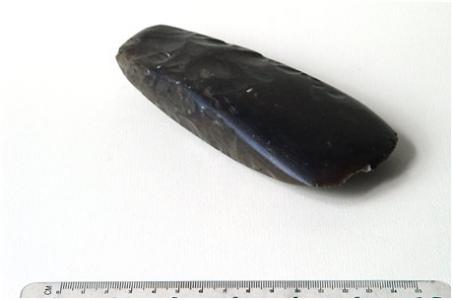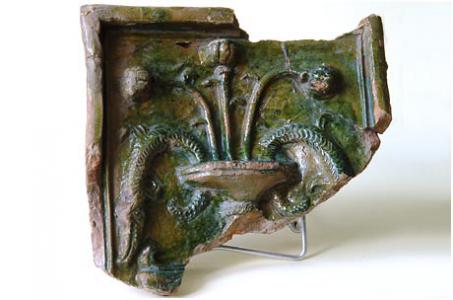The Archaeological collections
The Archaeological Department specialises in collecting archaeological exhibits and conducting its own research. The scope of research includes the Podbeskidzie region, particularly the area of Cieszyn Silesia. In terms of field research, the department works together with the Jagiellonian University in Cracow, the Silesian University in Opava and the museums in Frýdek-Místek and Nový Jičín.
The collection of archaeological exhibits held by the department is of a regional character. It mostly consists of archaeological relics from within the area of the former Bielsko voivodeship. These artefacts represent all chronological periods – from the oldest traces of human existence in these regions in the Stone Age up to modern times.
Most of the collections located in the Department originate from research excavation. It is worth emphasising that a considerable number of these constitute exhibits obtained in the course of our own research undertaken in Bielsko old town as well as in prehistoric sites in the area of Cieszyn Silesia.
Some of the most interesting specimens include prehistoric artefacts documenting the oldest traces of human existence in the Podbeskidzie area. They come from research excavation works undertaken in the prehistoric settlements of Grodzisko (subsequently a medieval hill fort), the administrative district of Zator, and in Jaworze and Cieszyn-Krasna. This collection is supplemented by several donations discovered by accident, such as stone tools, which include Neolithic hatchets and axes.
A valuable group of museum exhibits comprises medieval artefacts from defensive constructions in the Podbeskidzie area. These include a rich collection of historical relics from the castles in Oświęcim, Bielsko-Biała and Kobiernice as well as the fortified manor houses in Spytkowice, Graboszyce and Czaniec. Worthy of note is the extensive collection of various kinds of pottery and numerous examples of medieval metal-made objects such as keys, crossbow boltheads, horseshoes and similar.
The collection of stove tiles originating from the Sułkowski Dukes’ Castle in Bielsko and the fortified manor house in Spytkowice near Oświęcim is particularly interesting. Among these, the artefacts of most value include tiles bearing the coats of arms of feudal lords in the town of Bielsko as well as curious examples of Gothic and Renaissance tiles.
